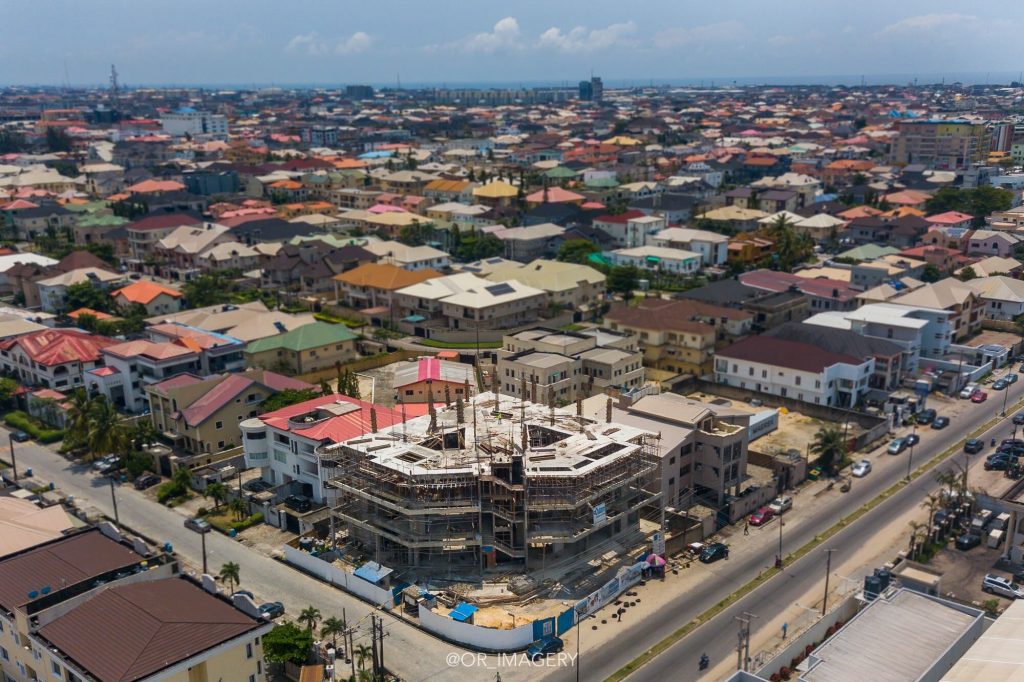Any car owner knows that if he has insufficient capital to invest in a new car, he had better looked after the one he has got; for it would be a false economy to ignore oil checks, water gauge and to avoid carrying out essential servicing. In other words he has to pay more attention to careful maintenance in order to prolong the vehicle’s life.
Maintenance of a building is likened to car servicing. Building is important to development in both economic and welfare terms. It typically constitutes 15% to 20% of household expenditure. It is the major goal of families and organizations’ savings effort. It is recognized as a profitable investment item; yielding a flow of income. For workers and self-employed, building is also a place of work. It has substantial social benefits including welfare effects of shelter, sanitation facilities, access to health and education services.
The existing poor condition of buildings in Nigeria with the rapid growth in urbanization calls for an appraisal of the degree of building maintenance needs in our country. There is no gainsaying the complete lack of interest in structural maintenance evident from the flaking paints on walls of most buildings, leaky roofs, unamended loose tiles or unhygienic toilets and dirty environment to mention but a few.
It is indeed remarkable how Nigerians and workers survive in such squalor. A great number of our building owners and tenants are quite unaware of their responsibilities concerning buildings which they own, inhabit, and the significance of a proper understanding of maintenance and its implications.
The efficiency, convenience, life span, economic viability and appearance of any building can be affected by the type of materials used, quality of workmanship and utility of the structure. All buildings start to deteriorate from the moment they are completed and, from that time, begin to show defects. As the structure settles down on completion, there must be some movements for consolidation. Depending on the magnitude of this, defects can develop. Also the materials used in the construction swell and shrink, expand and contract depending on the places they were utilized. Air and water borne chemicals and dirts attack surfaces causing discolouration and corrosion. Normal wears and tears soon have effects on parts of the building; for examples, floors and walls loose their original sheen, fitting works loose through constant use.
These gradual deteriorations are inevitable in all buildings but the speed with which they proceed can be regulated and the ultimate failure of the buildings in whole or in parts can be avoided. Many buildings in Nigeria were designed without any structural analysis, constructed with poor quality materials and with poor workmanships. This has resulted in more serious defects and failures thereby demanding extra care and vigorous maintenance management.
Building maintenance is a programmed transformation of a building’s fabric and services, reflecting changes in the pattern of use and technology. In the early years of a building’s life, work will be concentrated on keeping it near to its original state. Later, introduction of new technology or changing needs of the people who live-in or work-in there may call for a refurbishment programme. This may entail extensive upgrading, the provision of new capital projects and may later extends to rehabilitation or restoration works.
Building maintenance is a complex and multi-faceted activity which, until recently, has attracted little or no serious study and implementations.
There is a whole lot of social and economic importance a nation’s economy will derive from good maintenance management and effective use of scarce resources.
Well maintained buildings reflect public pride or the level of prosperity in the area, social values and behaviours. The preservation of the value and utility of the stock of buildings is essential to the economic well-being of any organization and the country at large. Maintenance by arresting decay and failures extend the physical life of a building and thereby delays replacement and defers expenditure on new construction. It also helps to up-grade a building; especially in the case of renewals. This is particularly necessary where existing facilities have deteriorated beyond what normal repairs can rectify.
Here; in Nigeria, however, performance of a building is usually taken for granted until there is a failure in the structure, fabric or services. In one sense all such failures are maintenance failures; either because the normal precautions for aging, wear and tear have not been provided for in time or because defects due to poor briefing, poor design or poor construction have emanated. Let us be aware that building materials and elements deteriorate in use; and the uncertainty about this rate of deterioration demands that Nigerians should not develop thick skin on building maintenance and should not tolerate defects.
WRITTEN BY GABRIEL UCHEBO





Comments are closed for this post.